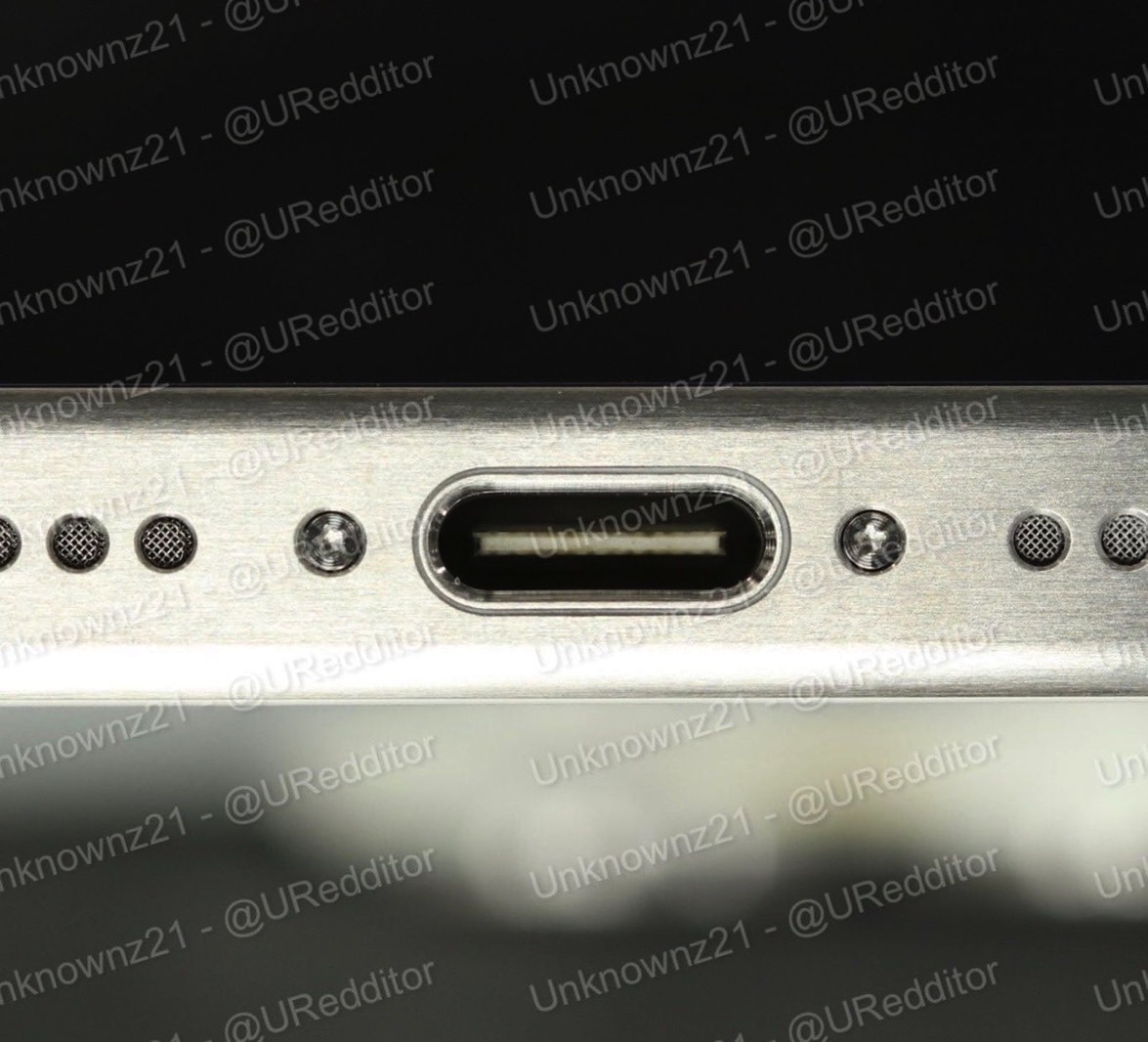The iPhone 15 series coming out this September will look a lot like the iPhone 14, especially if you’re standing several feet away. But the iPhone 15 will feature the biggest redesign since the iPhone 12 series, which brought back the iPhone 4 look and feel. We saw plenty of iPhone 15 leaks already detailing the same changes. The iPhone 15 design reportedly includes Dynamic Island notches for all models, smaller bezels, solid-state buttons, and USB-C connectivity.
These 4 design updates might seem trivial, but they’re much bigger than you think for the future of the iPhone.
All iPhone 15 models getting Dynamic Island notches
We saw several reports claiming that the iPhone 15 series will feature a uniform design across the four models. The iPhone 15, 15 Plus, 15 Pro, and 15 Pro Max (Ultra) will all get the same Dynamic Island notch. That’s great news for buyers looking to purchase one of the more affordable models this year.
We already explained why the iPhone 14/14 Plus design is impacting sales. Compared to the Pro and Pro Max models, the phones look like old devices. Not to mention that Dynamic Island functionality has turned heads from the moment Apple unveiled it.
Fast-forward to early March, and leaker ShrimpApplePro picked up a video from TikTok that shows the purported front glass panel of various iPhone 15 models.
The glass panels indicate that multiple models will get the Dynamic Island notch design. And the thinner bezels.
Why is this such a big deal for the future of Apple’s iPhone? Apple is moving towards a future where the iPhone will have a perfect all-screen design. The shrinking of the notch via the Dynamic Island is a step towards that future. Apple will soon place Face ID components under the screen, then do the same with the front-facing camera.
Once that happens, however, Apple will also need to imagine a different design detail to give the iPhone a recognizable identity.
The thinner iPhone 15 bezels
The glass panel leak above aligns with other iPhone 15 rumors concerning the bezels. Apple’s upcoming iPhone should feature 2.5D front and rear glass. That puzzling 2.5D descriptor is familiar because we’ve used it for other devices, Apple included. It means the glass will bend, but only slightly, around the edges.
Therefore, the iPhone design is moving from flat edges and glass on the iPhone 12, 13, and 14 to slight curvatures for iPhone 15 models.
The bezel thickness reduction is important here and could result from using curved glass.
This is important for the iPhone designs of the future for two reasons. First, it gets us close to an iPhone that maximizes the real estate surface of the front side that can be turned into the display area.
Secondly, if Apple wants to wrap the display around the edges for standard or foldable iPhones, it must start curving it at some point. Apple will only do it when and if glass becomes durable enough to survive accidental drops on the side.
Solid-state buttons for the Pros
The iPhone 15 Pro and iPhone 15 Pro Max will not feature physical buttons you can press. That’s what all rumors say, and we’ve seen CAD design leaks seemingly confirming the feature.
The buttons will resemble the touchpad on Apple’s MacBooks, which doesn’t move. It gives you the sensation of movement, but it’s all thanks to Taptic Engine/Force Touch.

Why is this so critical for the iPhone? Again, we have two answers. First, this helps Apple gets closer to the all-screen iPhone. The handset should also lack buttons and ports, which turn the device into a waterproof smartphone. The removal of SIM slots, which started with the iPhone 14 series, is also part of the same plan.
Secondly, the use of solid-state buttons helps Apple deploy a wraparound display. In such a case, the edges could turn into virtual buttons powered by Taptic Engines.
It’s very likely that affordable (non-Pro) iPhones will get solid-state buttons in the future.
The iPhone 15’s USB-C port
The USB-C port coming to all iPhone 15 models might be a bigger deal than the Dynamic Island notch, slim bezels, or solid-state buttons. It’s a feature that buyers have demanded for years, one that the EU mandates from all phones. Apple has to comply, and while the iPhone 15 series could still feature Lightning ports, it looks like Apple isn’t waiting for the iPhone 16 for the switch.
The USB-C port is amazing news for gadget owners. One cable is enough to recharge all devices. Also, you get faster data transfer speeds, although the feature might be limited to the iPhone 15 Pro models.
But in the future, Apple’s all-screen, portless, buttonless iPhone will recharge wirelessly. Until we get there, USB-C will set new standards for convenience, data transfers, and charging speeds. Yes, USB-C might nudge Apple towards increasing charging rates beyond the nearly 30W speed it unofficially supports now. That means battery tech that will maintain battery health for years.

Make no mistake, a portless iPhone will need decent wireless charging speeds beyond what’s possible with MagSafe now. And the same battery health argument applies. The adoption of USB-C will go hand in hand with tech advancements in the battery field that Apple will hopefully announce soon.
There’s another reason why USB-C on iPhone 15 is so exciting, and that concerns wired data transfers. Thunderbolt speeds will do wonders for wired backups and large chunks of data transfers. And it will force Apple to hasten the development of a wireless alternative that the portless iPhone will need. A wireless alternative that goes beyond AirDrop tech regarding both speed and reliability.
Because Apple won’t make the switch to a portless iPhone unless the device can match the capabilities of USB-C iPhones.








